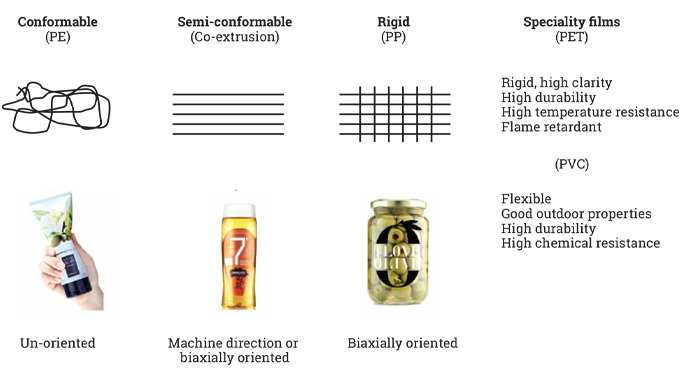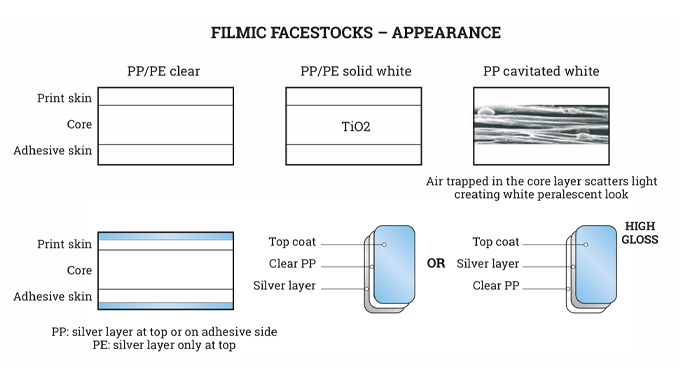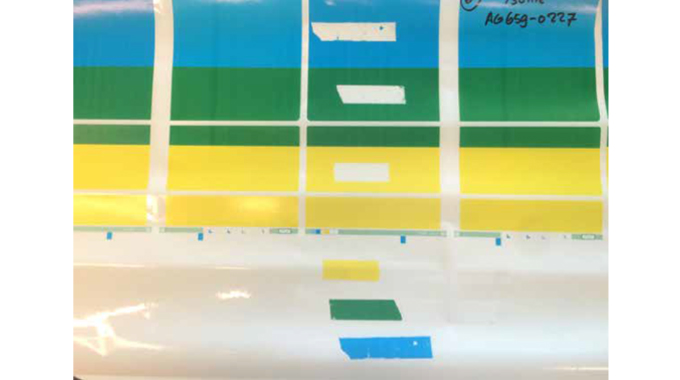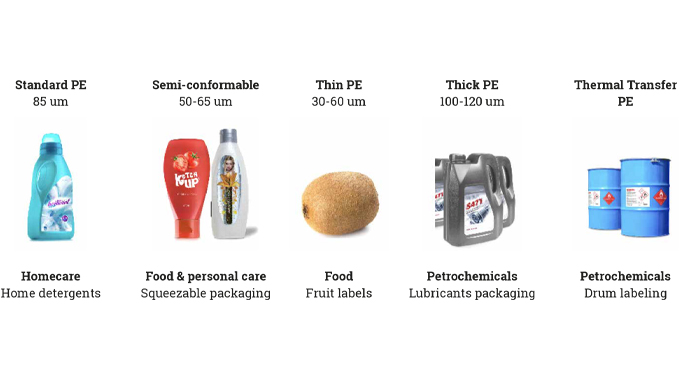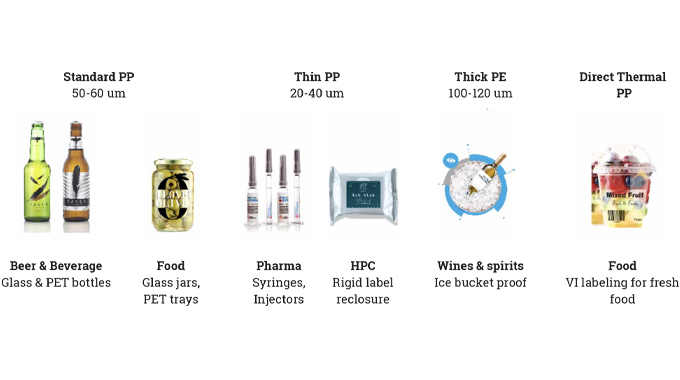Self-adhesive labels: filmic face labels
Pressure-sensitive adhesive (PSA) labels made from films are the fastest growing category within the self-adhesive label sector. This article looks at the different types of filmic (non-paper) labelstocks and their properties. We also look at different market applications for filmic PSA labels, and at sustainability issues.
Filmic facestocks can be made from a range of different materials, but the main ones used today are polypropylene, polyethylene, polyester and PVC. Polypropylene (PP), polyethylene (PE) are by far the most widely used, along with co-extrusions of both materials.
Stay up to date
Subscribe to the free Label News newsletter and receive the latest content every week. We'll never share your email address.
